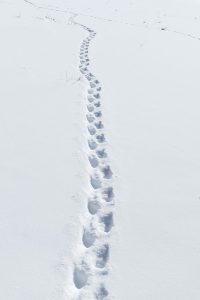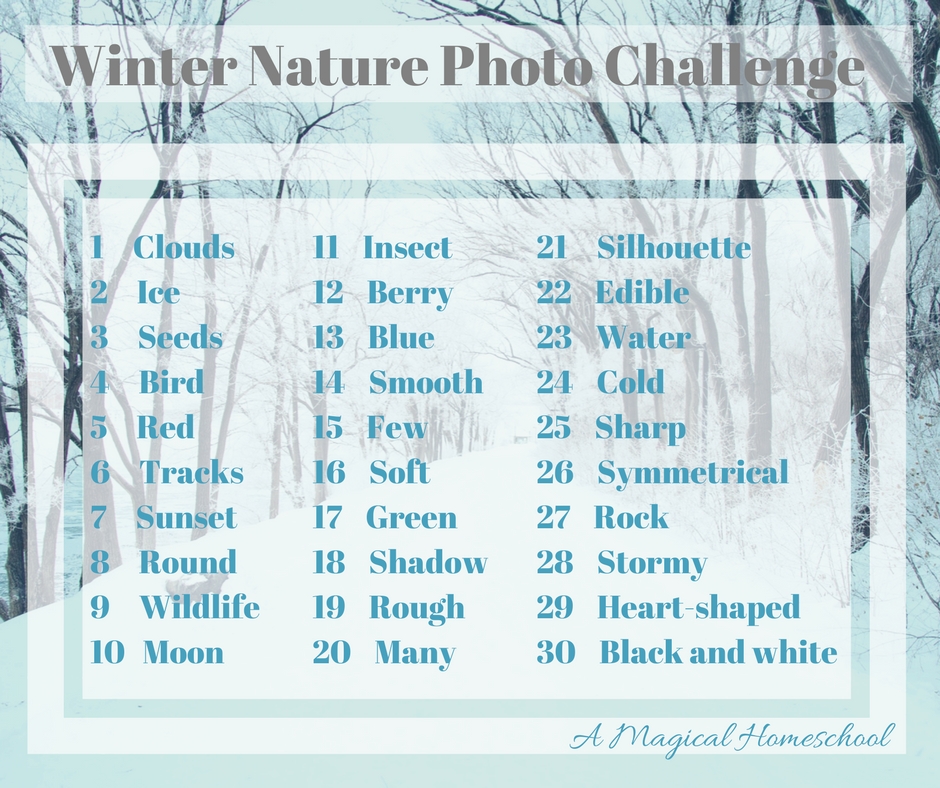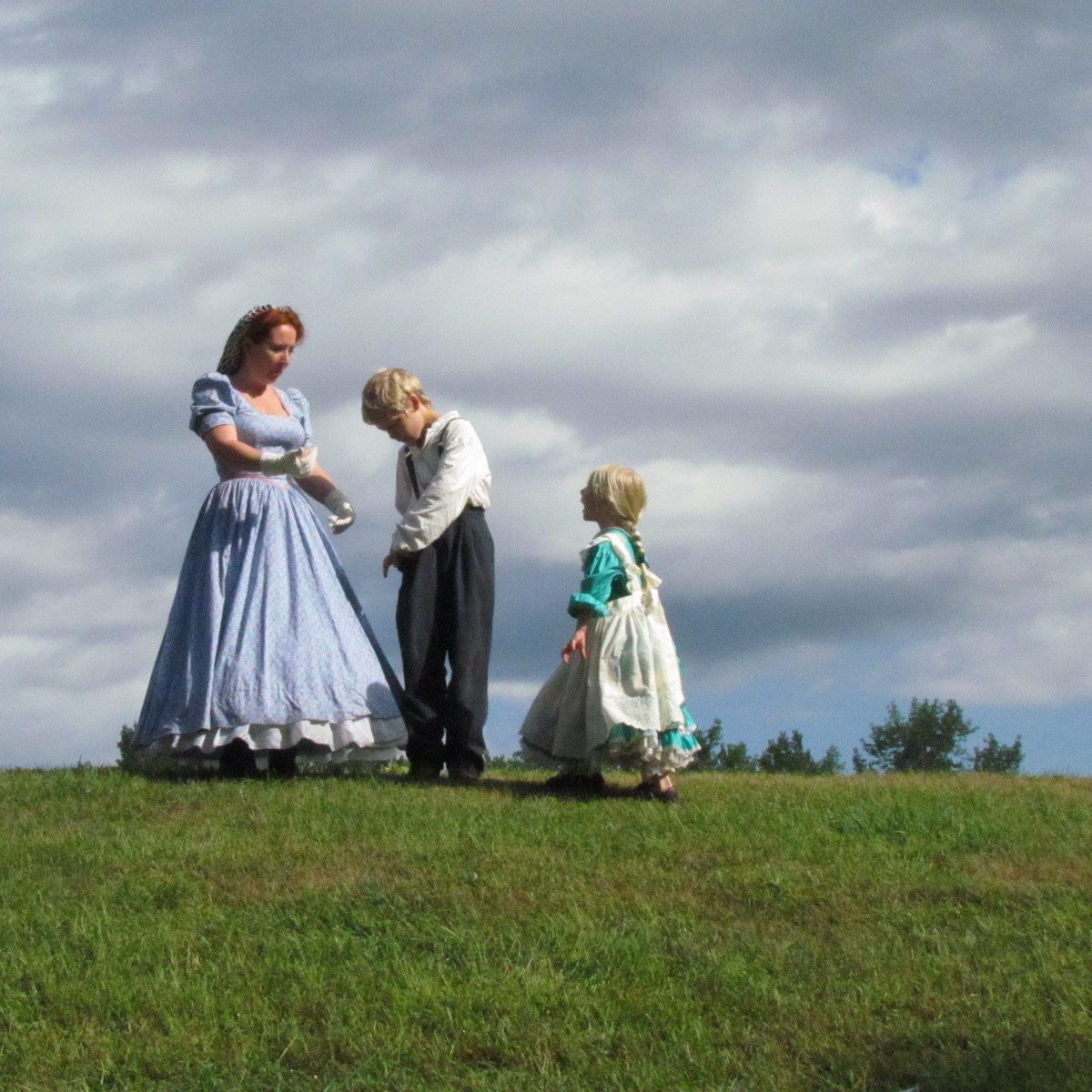A new season is upon us and it’s a great time to start some new nature study projects with the kids.
Even if it’s cold and snowy outside, you can still find lots of ways to learn through nature this time of year.
Here are 25 fun ways to learn with nature this time of year. Some of these are covered in more detail in the winter project section of my book, A Magical Homeschool: Nature Studies (52 Wonderful Ways to Use Nature Studies in Every Season to Teach Science, Math, Art and More). Like the projects in that book, most of these activities work for family members of all ages to take part in them together.
Whatever the weather in your little corner of the world, there should be some activities that will work for you and your kiddos.
25 Wonderful Ways to do Nature Studies in Winter
- Start feeding the birds (be sure to set up the feeder where you can view it from inside).
- Better yet, put out an assortment of types of bird foods and see which ones are the most popular (suet cakes, peanuts, wild bird seed mixes and so on). See if different varieties of birds take different types of foods.
- Go for a walk and look for tracks in the snow or mud.
- Sprout some seeds inside.

- Take apart some fruits or veggies and look inside, such as green peppers or pomegranates. What do they have in common? How are they different?
- Chart the high and low temperatures over the next week or month.
- Take part in the Great Backyard Bird Count.
- Make some colorful ice ornaments for the trees outside with colored water and string and watch to see how long it takes for them to melt.
- Start a wildlife log and keep track of all the species of mammals, birds or other wildlife that you spot.
- Visit a nature center.
- Look through garden catalogs and start planning a spring and summer garden.
- Take houseplant cuttings and root them in water.
- Try to root cuttings from groceries, such as green onion roots.
- Go on a listening walk. What natural sounds do you hear? Are there more or fewer than in other seasons?
- Start a family nature photo journal, aiming to take one nature photo a day and post it to Instagram or Facebook.
- Look at melted snow under the microscope (if you don’t have a microscope, you can pick up lighted pocket microscopes for just a few dollars on eBay that work remarkably well). Does it look clean?
- Take cuttings of flowering shrubs and try to force them to bloom inside.
- Take part in a nature program at a local state park, such as going snowshoeing or attending winter classes.
- Go for a walk at a state park and see if you can identify animals that have been there by their scat.
- String fresh cranberries and popped (plain) popcorn for the birds. Be sure to use something sturdy like twine or upholstery thread to string it, and avoid clear materials like dental floss that can get tangled and pose a hazard.
- Go to the zoo.
- Go on a nature scavenger hunt. Make up a list of what the kids should look for (a deciduous tree, a blue jay, dried seed pods, tracks from a mammal…) and see how many you can find together.
- Start a nature journal.
- Go for a walk and look for food sources that are still available for wildlife. How many can you find? Look for things like nuts, seeds, insects and plants. Can you find signs that wildlife has been eating anything around you?
- Take part in a winter nature photo challenge. I’ve made one up below if you want to take part. See if you can take one picture for each of the following themes over the winter.

Have fun!
~
This page contains affiliate links. Some purchases made through our links earn us a small commission at no extra cost to you.


The Cosley Zoo, in Wheaton might be a good partner, in DuPage County. Many of their exhibits would benefit from produce from your gardens. I’m a volunteer there.